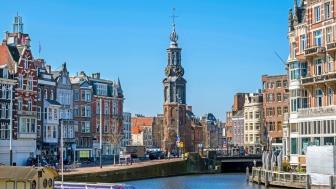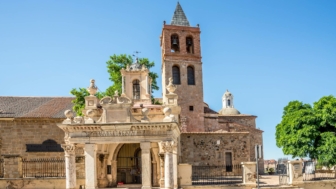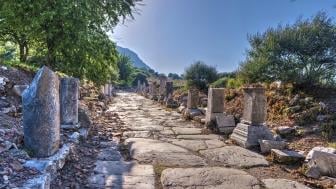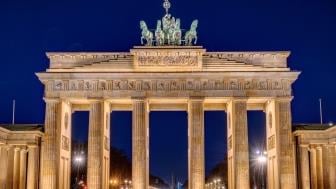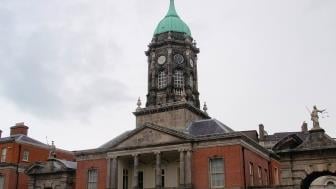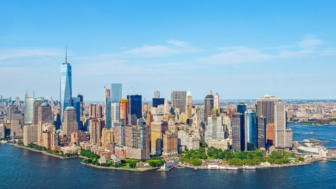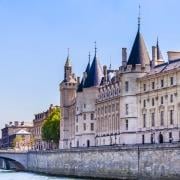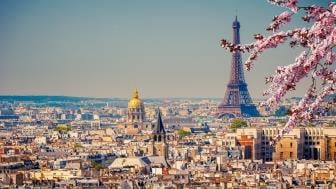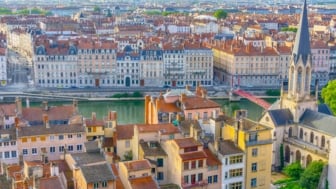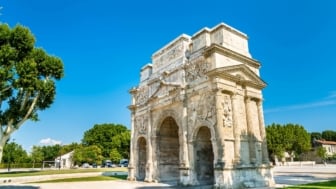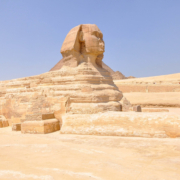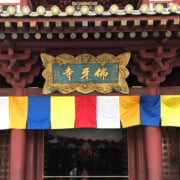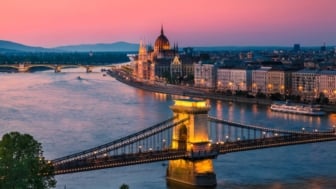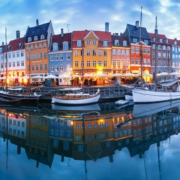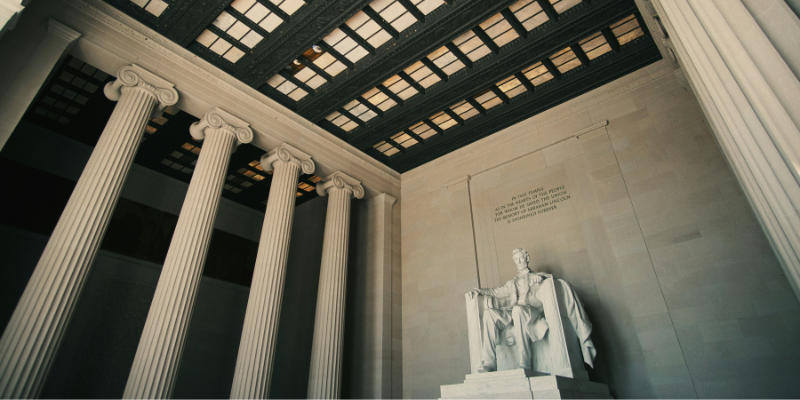Once upon a time, an old man in a small village thought life was astoundingly short. He could not fathom how a young man would ever embark on a journey to the next town, considering how the span of a normal life could very well fall far short of the time he needed to ride to his destination.
Fortunately, my lifespan has proved long enough to allow me to visit the Lincoln Memorial repeatedly. In a city packed with more than 160 memorials, this building, on the shores of the Potomac River, truly catches the eye. Whenever I return, I am reminded of an amazing fact: Lincoln Memorial is among Washington’s most popular tourist attractions, with more than seven million visitors annually. It seems that the 16th President of the United States remains as popular today as he was in 1867 when the first proposal for a memorial was submitted to Congress. This being Washington, it took decades for the proposal to become reality, but the result fully justifies the intentions of its creators.
There is no perfect time to visit the Lincoln Memorial. Or rather, there is no wrong time to do it. Whether you make the pilgrimage (no other word captures the emotions evident on the faces of the people I usually see around me) in the morning or the evening, the Memorial will leave you deeply moved in spirit. There are so many details to take in, so many symbols, so many messages embedded in stone. For those who arrive here for the first time, it is often difficult enough to take in the overall impression. So, it would be helpful to avoid trying to see everything and focus on a few details that capture the Memorial’s essence instead.
From a distance
The Lincoln Memorial was dedicated in 1922 to honour the 16th President of the United States. The architect Henry Bacon (1866-1924) drew inspiration from classical antiquity. Still, there were many opponents of his elegant design, either because they considered neoclassicism inappropriate for a president who was famous for his plain preferences or because they favoured other (bizarre) plans, including a 200-foot (61-metre) broad highway lined with statues and various memorials (all dedicated to Lincoln) between Washington and Gettysburg. Bacon’s plan eventually prevailed (one suspects that no normal life would provide enough time to complete some of the other proposals).
The symbolic exterior
Bacon’s design is full of symbolism. The arcade consists of 36 Doric columns representing the states forming the Union at the time of Lincoln’s death in 1865. The names of the states and the date of statehood were inscribed on the frieze above the colonnade. The names of the forty-eight states comprising the United States when the Memorial was dedicated adorn the recessed attic. Since Hawaii and Alaska joined the Union in 1959, their names are not included in the attic. Instead, a grey granite plaque was added on the Lincoln Memorial’s steps, recognizing their statehood.
Lincoln’s statue
The building contains Lincoln’s gigantic marble statue. The sculpture was designed by Daniel Chester French (1850-1931). He depicted the President at the height of his power during the American Civil War (1861-1865). Lincoln is seated with his coat unbuttoned in a tremendous classical curule seat, a potent symbol of authority in ancient Rome, with an American flag draped over the back. The President’s arms rest on representations of ancient Roman fasces (bound bundles of wooden rods symbolising power and authority). The sculpture is nineteen feet (almost six metres) from head to foot. Lincoln was very tall, but if his marble version stood up, he would reach 28 feet (8.5 metres). And since more than official symbols are needed, a few popular legends are associated with Mr Lincoln. The most famous claim is that the President spells A with his left hand and L with his right, thus signing his name in the American sign language.
The magnificent interior
Bacon meant for Lincoln’s statue to dominate the building’s interior. However, other symbolic and decorating elements highlight key moments of Lincoln’s presidency. Greek Ionic columns divide the interior into three chambers. The left chamber is dedicated to the Gettysburg Address, delivered by Lincoln at the Soldiers’ National Cemetery dedication in Gettysburg, Pennsylvania, on November 19, 1863. The brief address (271 words) extolled the sacrifice of the soldiers who had perished on the battlefield of Gettysburg less than five months earlier and celebrated a nation conceived in liberty and built on the proposition that all men are equal.
The mural on the wall above the Gettysburg Address was inspired by Lincoln’s Emancipation Proclamation (January 1, 1863), which freed 3.5 million enslaved African Americans in the Confederate states. The Symbolist painter Jules Guérin (1866-1946) depicted an Angel of Truth freeing an enslaved person under the watchful eyes of Immortality and Justice.
The right chamber contains Lincoln’s second inaugural address, delivered on Saturday, March 4, 1865. Lincoln used the occasion to prepare his countrymen for the policies he would adopt after the war’s end: fair treatment of the rebels and measures to heal the nation’s wounds. Accordingly, Guérin depicted the Angel of Truth joining the hands of North and South.
Visitors often overlook these murals and fail to appreciate the technical difficulties faced by Guérin. Each piece of canvas weighed 600 lbs (272 kg) and measured 60 feet (18 metres) long and 12 feet (3.7 metres) high. The artist used 300 lbs of paint (136 kg) and mixed waterproof colours with white wax and kerosene to imitate ancient Egyptian funerary dyes.
A new meaning
The Memorial was dedicated on May 30, 1922. Fifty thousand people attended the event, including many Civil War veterans. It was among the last opportunities to meet and reminisce about the conflict that changed the United States. President Warren G. Harding (1865-1923) celebrated the day when Americans gave to the greatest of their presidents “a Parthenon for him alone.” Unfortunately, despite Lincoln’s efforts, racism was still alive. There was a segregated section for African-American guests, who refused to sit there and marched off in protest.
Their symbolic return, furry years later, was powerful and profound. On August 28, 1963, a quarter of a million people gathered for the March on Washington for Jobs and Freedom. Dr. Martin Luther King Jr. delivered his acclaimed “I Have a Dream” speech, calling for ending segregation and discrimination and inviting the nation to live according to the principles affirmed in the Declaration of Independence and the Emancipation Proclamation. It was a stunning affirmation of what can be achieved in a normal lifespan, provided your destination is clear.





















